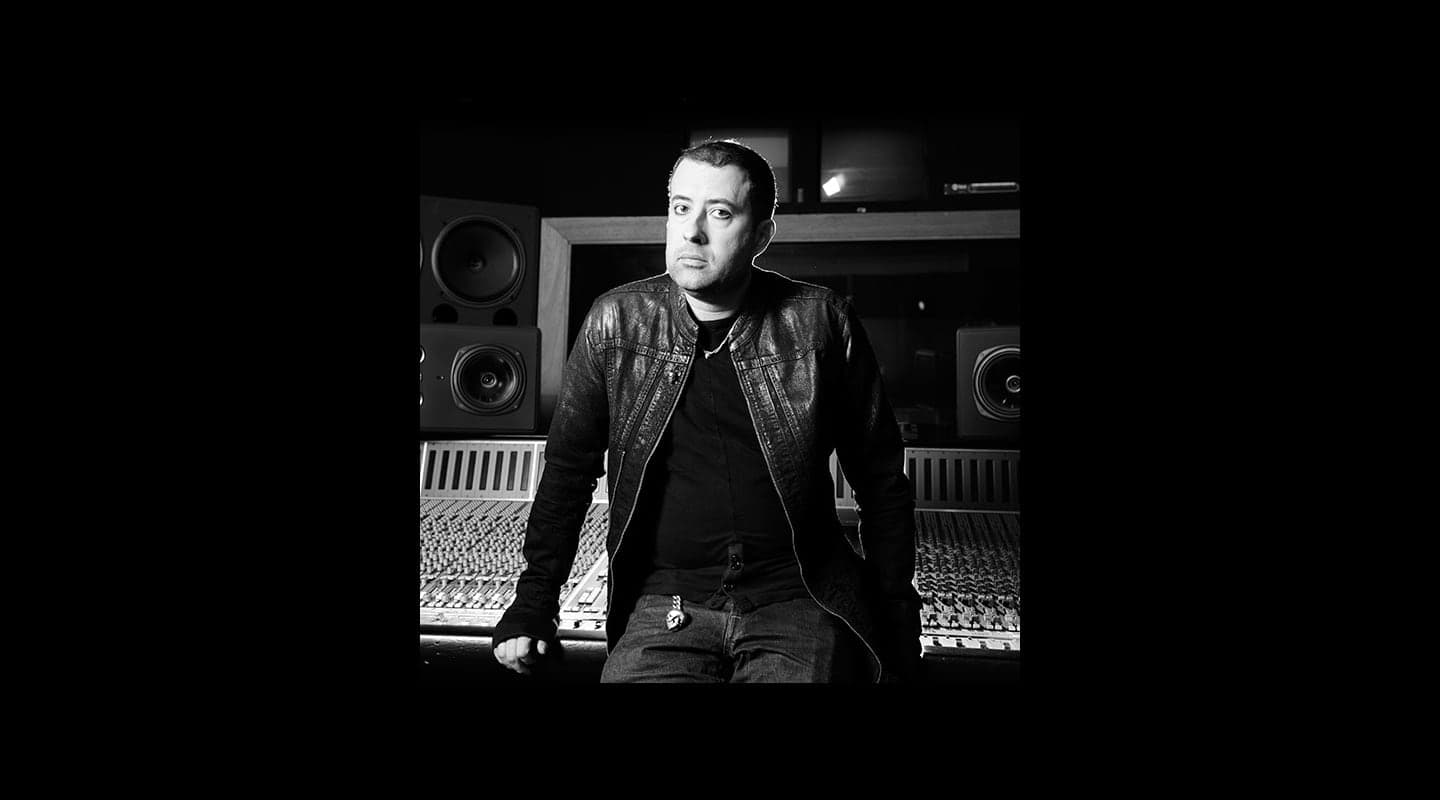
Studio View: Dave Clarke
Dave Clarke, the Baron of Techno, has a unique approach to his craft.
17 April 2015
Dave Clarke, the Baron of Techno, has a unique approach to his craft. For starters his studio is on a boat in an Amsterdam canal. Secondly, he’s not a synth-head. He’s all about using effects and compression as his sound shaping tools more so than filters and oscillators.
His studio is based on a 24-core Hackintosh running Logic Pro, but from there things get a little weird: He takes channels and stems out of an Apogee Symphony into a bank of various hardware compressors then into 24 channels of a summing mixer before being mixed down via a smattering of hardware compression and EQ. Dave calls it a proper ‘hybrid’ setup of in and out of the box. Here we’ve asked Dave to talk us through some of his gear choices.
FAN OF APOGEE SYMPHONY

HARDWARE COMPRESSION FLAVOURS
Naturally I use the Distressor for bass drum, but will put more than a bass drum through it. I’ll have it reacting with a bass drum, then maybe a snare or a hi-hat.
Sometimes I use the Smart C2 for snare or hi-hats in Crush mode, or send the snare and hi-hats together through the Fatso, because that’s kind of fun as well.
The Avalon 747 is for synth sounds or more full synth bass sounds. The Titan is probably more for percussion gain. The API 2500 I often use for vocals or guitars, just because there’s that American sound that can be fun. Otherwise I’ll use the SSL comp [Al Smart C2] on vocals. Previously I had the SSL on the two-mix but found it a little too polite. But it’s great on vocals.
SPL NEOS SUMMING MIXER
I was looking at a variety of summing mixers, and the 120V SPL Neos made the most sense and it sounds very good — there’s a lot of transparency and a hell of a lot of headroom. I have 24 channels.
TWO-BUS CHERRY ON TOP
CRANESONG AVOCET MONITOR CONTROL
MONITORING: DUAL TO THE DEATH?
I thought I’d try the Neumanns. I listened to them, they sounded beautiful, but I knew there was some weird trickery going on inside the box I couldn’t trust.
Barefoot? I heard those at an SAE workshop in Amsterdam, when I was invited for a tour. I heard them and they sounded bloody awful. Okay, it may have been the room they were in. Then I thought, hang on a minute, you’ve got two bass drivers on their sides facing each other; how does that work with air pressure?
After quite a bit of shopping around I finally auditioned a pair of ATCs. I let the guy put them in. He had them sitting on their ends — ‘portrait’ mode — he said the tweeters were happy in either configuration. I listened to various different source material, including Stevie Wonder, and the clav in the Superstition mix started to hurt. Every time he hit it, it was like someone was outside of the ship hull attacking it. Something about the speakers in that configuration didn’t look right. I recall my old flying teacher telling me: “If it looks like shit, it’s going to fly like shit”. Which is a pretty cool thing to say. I was looking at these ATC’s thinking they looked like shit in that configuration. So we turned them on their sides and everything just went ‘click’. It snapped in; everything made sense and tears came to my eyes because it sounded so engaging but not tiring. That’s a really difficult thing to get the speaker to be engaged but not exhausted. To not be flattered, but hear everything.
I had them on the Argossy I42 stands, which always worked very well with the Tannoys, but the ATCs are such a heavy speaker I was worried they might topple over when the next canal boat came past. I then put them on the Towersonics. You have the option to fill them with sand or lead. Timing-wise the sound improved by another 10% being on those stands.
The connector was palladium with a glass-filled bead bezel. I didn’t get a wink of sleep for those nine hours back from Tokyo, I was just lying awake … imagining it supplying pure electrical goodness to my Furman
EQ PLUG-INS: ON A TRIDENT TIP
CABLE GUY
Admittedly I haven’t gone as far as Wendy Carlos and enclosed my whole studio in a Faraday cage, but I’m well on the way!
I HEART LOGIC PRO
I re-learned Logic after years of working in Cubase. It was very familiar but at the time it was so unreliable. Logic 8 and Logic 9, it just wasn’t fun at all, and the 32-bit bridge would constantly f**king upset the whole applecart — you’d go out for lunch, and you’d come back from lunch and it’s crashed for no reason. But when Logic 10 came out, I was able to make the full leap to 64-bit. And you can now take its stability for granted. Now, 10.1 finally has the Plug-in Manager and I now feel it is an absolutely complete and reliable piece of software, a joy to work in finally! It’s my friend. I love it.




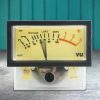
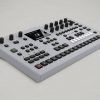

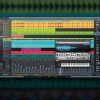

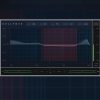



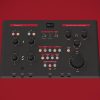


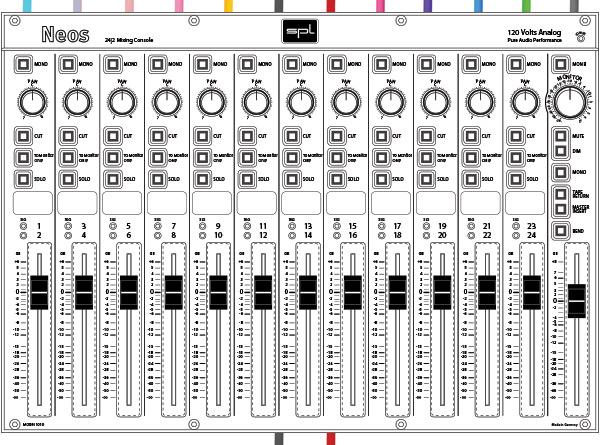
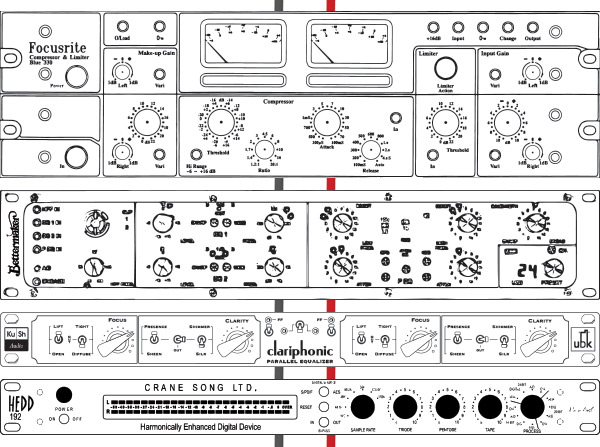
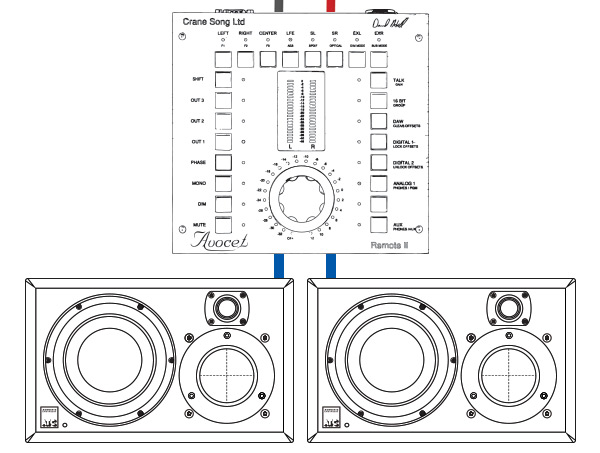








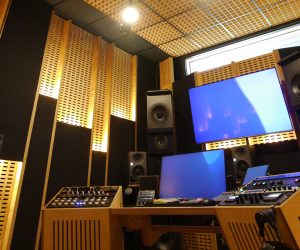




Can you recommend a complete audio and midi recording system for a single electric and acoustic guitariist please? Midi keyboard small, VSt instruments, VST instruments, on screen mixing desk. Cheap powered condenser microphone. Many thanks. And where can I order it from online, or by post in UK?